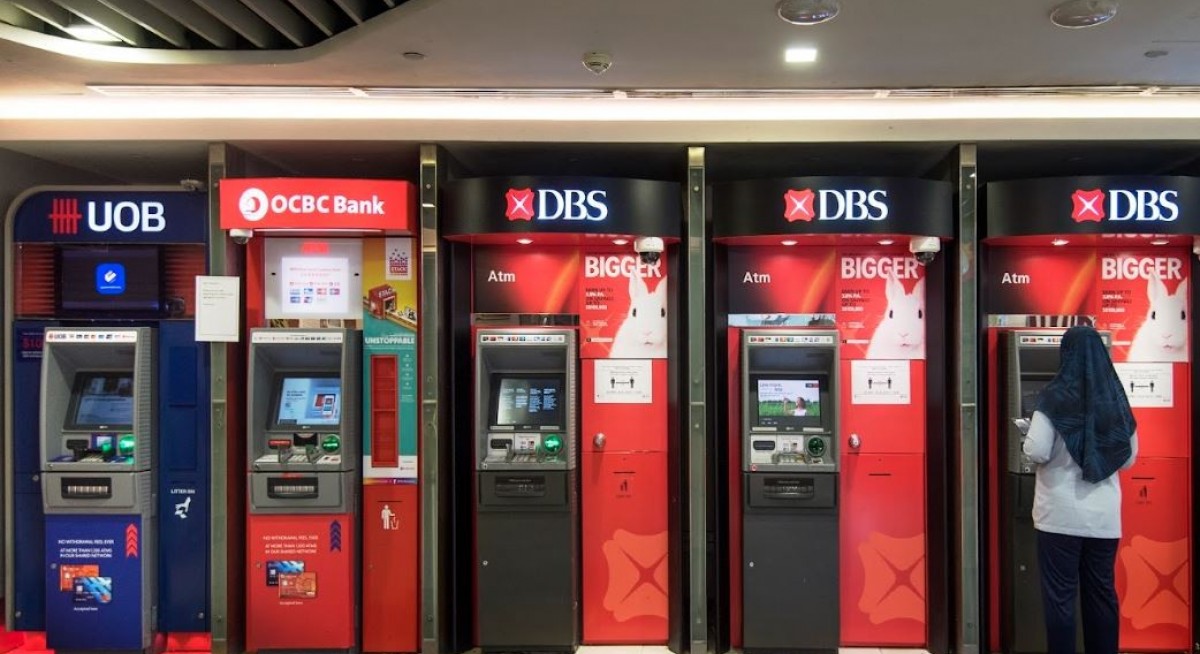Capital instruments issued before 2026 are permanently grandfathered if other Notice 637 conditions are met, reducing any pressure to redeem outstanding issues purely for regulatory reasons.
The reforms protect retail investors, boost systemic stability without exposed to volatility of retail flows and support banks' capital planning.
As big Singapore banks already issue such instruments mainly to institutional and accredited investors, capital structures should see minimal impact.
Amid expectations of rate cuts, capital-rich Singapore banks can optimise their capital structures by issuing debt rather than relying mostly on costly Common Equity Tier 1 (CET1) buffers to meet regulatory hurdles. This may allow them to swap CET1 capital with cheaper, subordinated debt, returning equity to shareholders via share buybacks or higher dividends, but with mixed credit implications.
See also: Former ANZ CEO Elliott sues Australian bank over bonus cuts
Though their CET1 ratio is at least 6% above the 9% regulatory minimum as of 2QFY2025 on a pre-fully loaded final Basel III rules basis, their buffers are lower on a total capital basis, showing a lack of debt used. Singapore's regulator broadly follows global guidelines, allowing banks to issue additional Tier-1 debt for up to 1.5% of risk-weighted assets, and Tier-2 debt for up to 2%.
Singapore banks' capital could stay solid in 2025 despite planned committed capital return plans. The banks had at least $3 billion in excess common-equity Tier 1 capital above their target CET1 range of 12.5%-14% in 2QFY2025. Overall earnings generation could stay resilient despite margin pressures amid expected rate cuts, sustaining CET1 levels, supporting capital returns, and absorbing 2025's likely flattish risk-weighted asset growth.
Global risks make near-term material M&A appear unlikely. Suboptimal Additional Tier 1 and Tier 2 capital ratios allow room for greater capital structure-optimisation as interest rates fall. OCBC led with a 15.3% fully phased in CET1 ratio in 2QFY2025, while banks' average risk-weight density fell to 41%, down four percentage points y-o-y.
See also: First Brands rushes to contain panic as loan plunges to 63 US cents
Singapore banks may collectively need to issue US$6 billion in AT1 and US$7 billion in T2 bonds in 2026, if they fully optimise capital structures by filling their AT1 and T2 stacks and refinance existing capital debt callable in 2026.
Singapore's regulator follows global Basel guidelines, allowing AT1 and T2 issuance up to 1.5% and 2% of banks' risk-weighted assets. We calculate the issuance needs using 2QFY2025 figures disclosed by the banks at pre-fully loaded Basel III figures, and total debt outstanding on Sept. 22, compiled by Bloomberg.
MAS’s new rules of capital debt issuance only to non-retail investors may barely affect pricing, as institutional demand dominates Singapore banks' issuances. They tend to get favorable pricing for their debt due to their track records of solid credit, call history and ratings.




